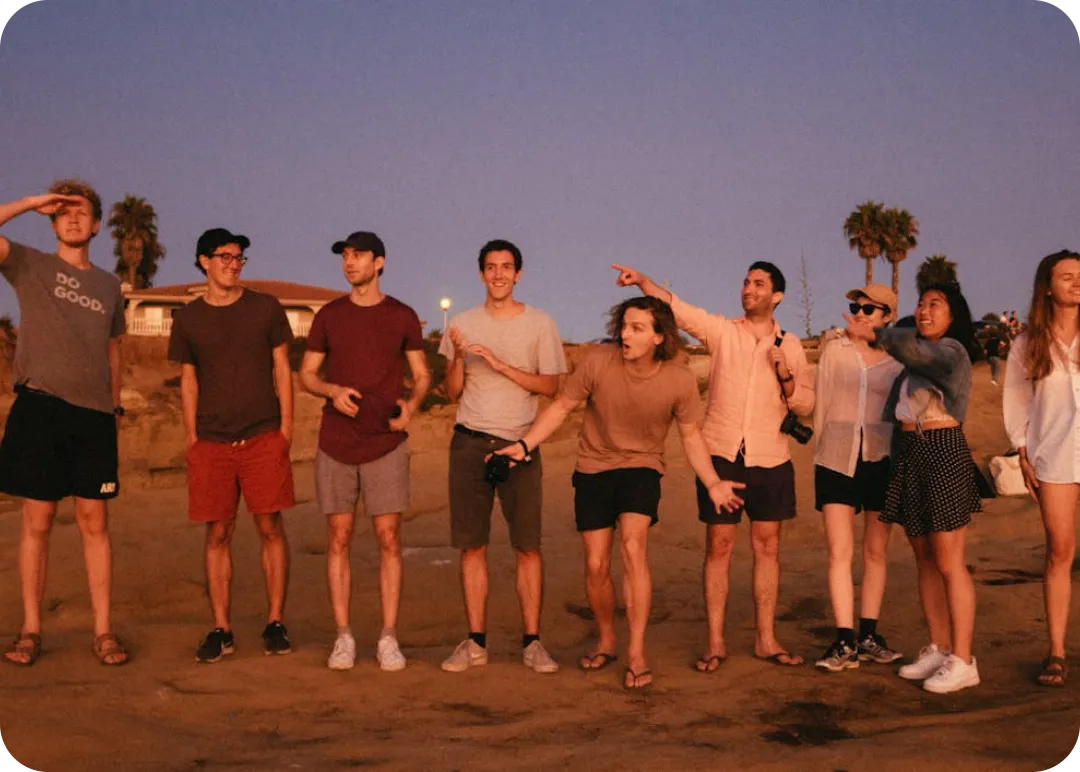Browse their profiles and meet singles who reflect their charm, personality, and energy
Ah, France—the land of croissants, sparkling romance, and that effortless "je ne sais quoi." Beyond its charming streets and wine‑soaked evenings, France has gifted the world icons who practically define sophistication, talent, and, let's be honest, a little drama. On this page, you'll meet some of France's most celebrated personalities, including Marion Cotillard, the Academy Award‑winning actress who brings Parisian elegance to every role; Zinedine Zidane, the football legend whose magic on the pitch (and, yes, that infamous headbutt) is etched into history; Vanessa Paradis, the singer, model, and actress who embodies timeless French charm; Jean Dujardin, the Oscar winner with a smile as smooth as a Bordeaux; and Daft Punk, the helmeted duo who turned French electronic beats into a global phenomenon.
Each celebrity profile lets you peek behind the curtain with biographies, birthdays and zodiac signs, family life, memorable quotes, career highlights, and awards. Discover how Marion Cotillard enchanted Hollywood, how Zidane became a footballing philosopher in motion, and how Daft Punk made robots feel cooler than most humans. Our France celebrity list is your passport to talent, glamour, and a sprinkle of Parisian attitude—with zero jet lag required.
Exploring these profiles is like wandering along the Seine at dusk: chic, intriguing, and maybe a little bit romantic. Just remember to bring your best "oh là là" face.

Ever dreamed of dating someone with Jean Dujardin's charm, Vanessa Paradis's bohemian flair, or Zidane's quiet confidence (minus the on‑field headbutts)? On Higo, our "France lookalike singles" section turns admiration into actual human connection. These members capture the wit, warmth, or irresistible French allure of the country's icons, making every chat feel like a scene from a rom‑com filmed on cobblestone streets.
Our singles come from Paris, Lyon, Marseille, Bordeaux, and French communities around the globe. Each profile highlights lifestyle, passions, and personality—because here, attraction is about more than a picture. Maybe you'll bond over a love of cinema, football, or perfectly crusty baguettes. Whether you dream of rooftop picnics or cozy cafés, our lookalike singles bring the French mood straight to your screen.
Connecting with France lookalike singles feels like sipping champagne on the Riviera or sharing a laugh in a Parisian café: charming, a little playful, and full of potential. A shared joke or cultural spark can turn curiosity into conversation, and conversation into a story worthy of its own French film ending.

Higo Local Meet Global is where admiration for cultural icons meets the reality of authentic, witty human connection. Our platform is available in France and is gaining popularity from Paris to Provence. We provide a safe, private, and culturally respectful environment, following international and EU privacy standards—so you can flirt, chat, or find love without feeling like you're starring in a tragic French noir.
Here's how Higo works: start by exploring our France celebrity list to discover the inspiring life stories, awards, and quirks of the nation's most beloved stars. Then, browse real singles whose personality or lifestyle reflects the charm of the icons you admire. With photo verification, interest‑based filters, and personality‑driven matching, Higo turns admiration into conversation and conversation into connection—without the awkward silences (unless you're going for that artsy French vibe).
By celebrating France's culture with wit and warmth, Higo transforms curiosity into conversation and conversation into connections that feel as magical as a night under the Eiffel Tower. A spark, a laugh, and maybe a little "coup de foudre" can lead to moments you'll remember forever.